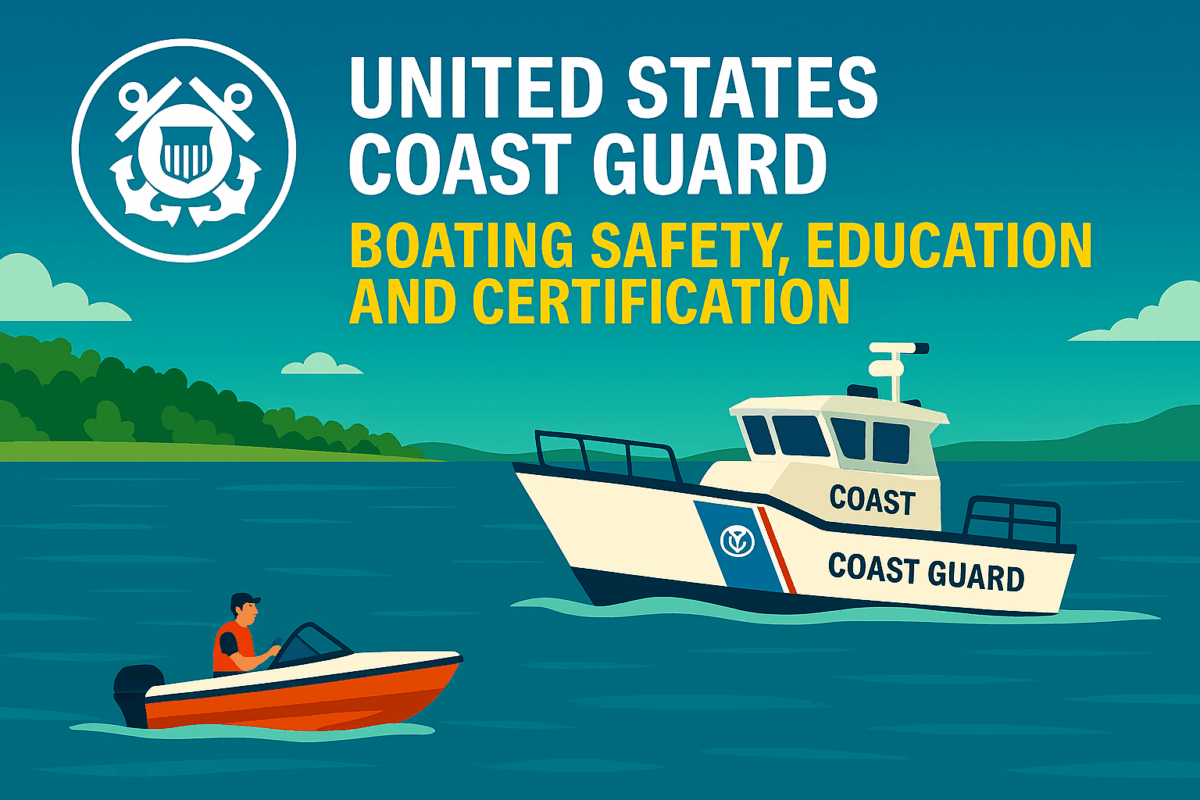Call: 1-800-832-7191

USCG Kayak Safety Rules
USCG Kayak Safety Rules Help Paddlers Stay Safe on the Water
The USCG Kayak Safety Rules provide essential guidance for paddlers navigating rivers, lakes, and coastal waters. These rules emphasize life jacket use, visibility, and awareness of boating traffic. Because kayaks are small and low-profile, they are often overlooked by larger vessels. The U.S. Coast Guard encourages paddlers to follow safety protocols to reduce risk and prevent accidents. By understanding these rules, kayakers improve their safety and enjoy more confident outings.
Wear a Life Jacket and Stay Visible
Every kayaker must wear a properly fitted U.S. Coast Guard-approved life jacket. This rule applies regardless of skill level or location. Because emergencies happen quickly, life jackets save lives when paddlers capsize or fall overboard. Visibility is also critical. Bright clothing, reflective tape, and a white light during low-light conditions help others see you. Staying visible reduces the chance of collisions and improves rescue response times.
USCG Kayak Safety Rules Include Navigation and Communication
The USCG Kayak Safety Rules require paddlers to follow navigation laws and remain alert to surrounding traffic. Kayakers must yield to larger vessels and avoid busy channels. Because kayaks lack motors, they are less maneuverable and more vulnerable. Carrying a whistle or waterproof VHF radio improves communication in emergencies. Paddlers should also check weather forecasts and water conditions before launching. Planning ahead helps avoid dangerous situations and ensures a safer trip.
Paddle Smart and Respect the Environment
Kayakers should avoid alcohol and drugs while paddling. Impaired judgment increases the risk of injury and reduces reaction time. Because kayaking often occurs in remote areas, paddlers must stay alert and prepared. Respecting wildlife and natural habitats is also part of responsible boating. Avoid disturbing nesting areas or protected zones. The rules promote environmental stewardship alongside personal safety. Responsible paddling protects both people and nature.
